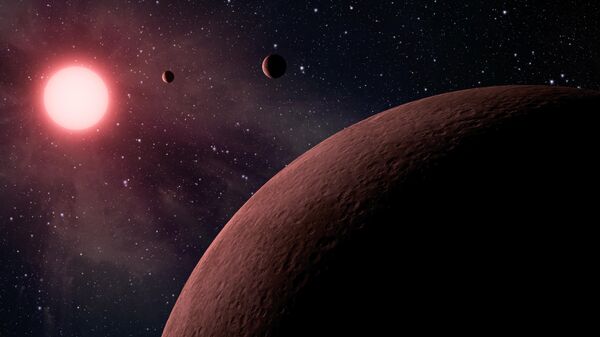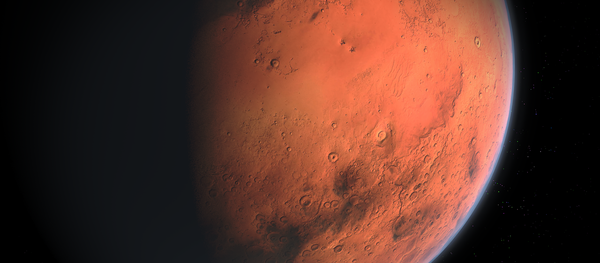However, some astronomers are now saying that it's impossible to assert that 452b — or any other of the thousands of named exoplanets — actually exist.
"There's new information that we can now quantify which tells us something that we didn't know before," says Fergal Mullally, formerly an astronomer on the science team for NASA's Kepler Space Telescope.
According to Mullally, researchers have learned more about the Kepler Space Telescope's vulnerabilities. The telescope was launched in 2009 by NASA to discover Earth-size planets orbiting other stars by looking for dips in sunlight, which indicate that planets were passing in front of a star and blocking its light.
"I kind of hate saying that, because Kepler was an absolutely wonderful instrument," Mullaly said, as reported by WSKG. "It was exquisite in the quality of the data it could detect. But nothing is perfect."
"We've told people there's a planet there," Mullally said. "How confident are we actually that there's a planet there now that we are aware of this other noise source and we can sort of characterize it?"
According to researchers, the dips in brightness could instead be caused by the variation in a star's brightness or a piece of dust hitting the telescope. For that reason, researchers believe the chances that an exoplanet actually exists is greater than 50 percent but less than 90 percent — putting the confidence level well below the 99 percent mark required to acknowledge the discovery as real.
"We're not disproving it's there. We're not saying it's not a planet," said Jeff Coughlin of the SETI Institute.
"We're just saying, with a better understanding, we can't 100 percent say it's a planet anymore."
However, researchers claim that they can use the Hubble Space Telescope, launched into low earth orbit in 1990, to obtain additional information on whether an exoplanet really exists.





